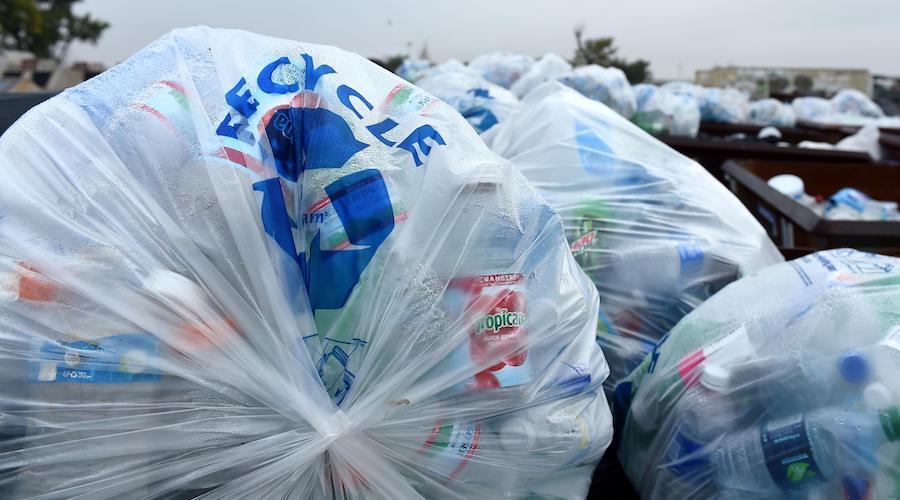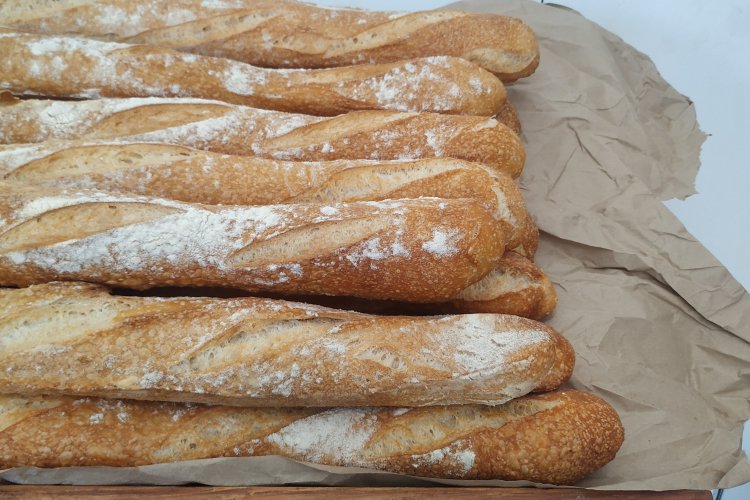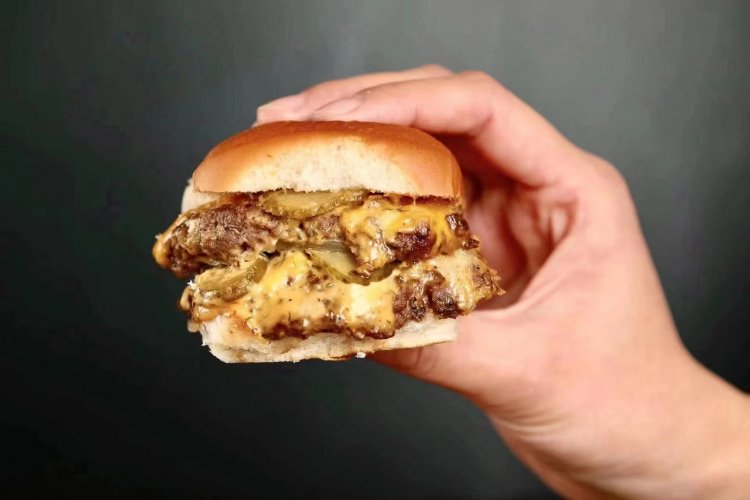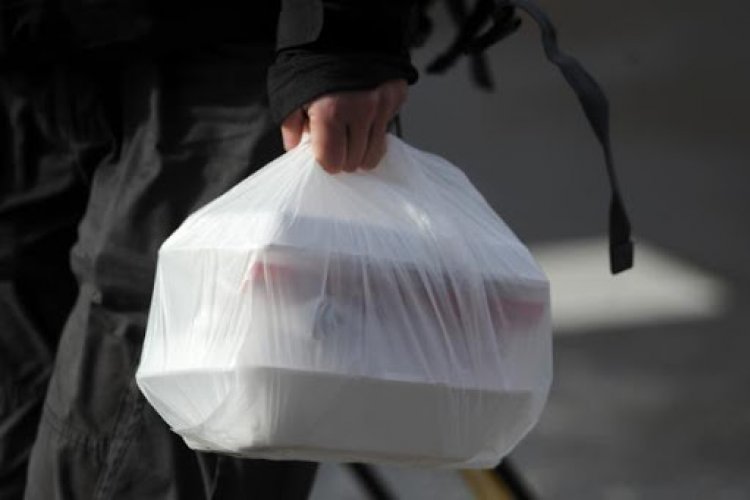Deliver us From Plastic: How to Reduce the Waste From Your Delivery Food Habit
We’ve all been in a similar situation: Sunday lunch rolls around and maybe you’re hungover, maybe the AQI is high but one thing's for sure: you can’t be bothered to cook or go out to eat. So you reach for your phone and open one of Beijing/China’s many delivery apps: Baidu Waimai, ele.me, or Meituan.
You’re not alone. China's online food delivery services market is estimated to be worth RMB 240 billion by 2018. Food delivery drivers have come to be a ubiquitous sight in most major Chinese cities and figures recently released by ele.me suggest that more than 63 percent of people who use food delivery services place orders more than three times a week.
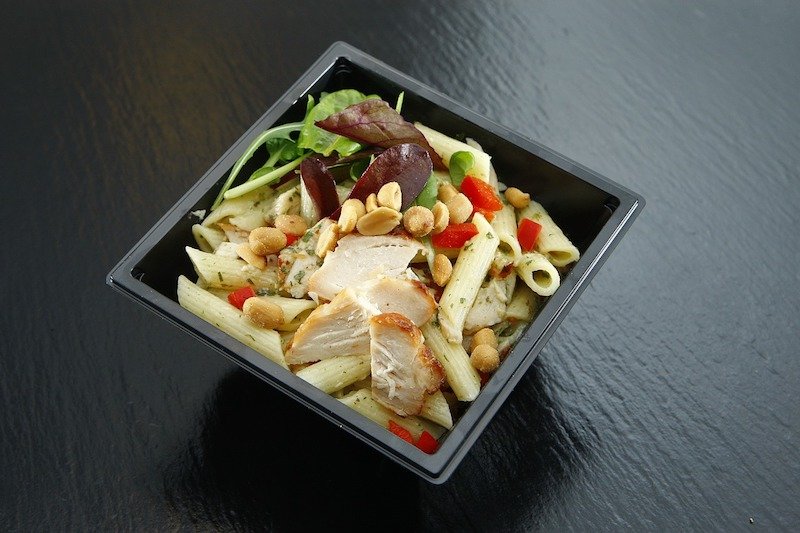
"What a time to be alive," you might say, and it's true that eating in China at any time of the day has never been more convenient. But think of it this way: approximately 250 million people in China used a food delivery service in 2016. That's 250 million plastic bags, 250 million sets of plastic cutlery or disposable chopsticks, 250 million plastic boxes ... I won't go into the specific impacts of plastic pollution here as they should be fairly obvious to most – the Plastic Pollution Coalition has plenty of information.
Thankfully, awareness of the sheerly mind-boggling amount of waste created by this industry is steadily increasing. Case in point: the SCMP reports that the Green Volunteer League of Chongqing, an environmental NGO, is suing Baidu Waimai, Meituan Waimai, and ele.me for their continued use of disposable cutlery. According to the SCMP article, in response to the lawsuit, all three apps have said that they will add an option for users to choose whether they want disposable cutlery (although that option had yet to appear when the Beijinger checked the apps at the time of writing).
While action by the delivery companies themselves – such as offering vendors an option to use biodegradable packaging that they provide – will be key to solving the problem in the long term, we as users can play our part too. Taking any or all of the steps below can help to reduce and eliminate waste from take-out packaging:

1. Ask for no disposable cutlery (and no plastic bags)
Most delivery services offer disposable cutlery by default but you can do your best to avoid it by writing “no disposable cutlery” (不要餐具 bu yào cānjù) in the “special requests” box (usually marked 备注 in Chinese). If you’re dining out of the house without easy access to cutlery, consider buying a mini cutlery set that you can carry around with you. Taobao has some great options, such as these, these, and these.
You can also ask for no plastic bag, especially if you're taking out food from somewhere (this viral Chinese article points out that the plastic bag that your food order comes in will only be used for 25 minutes but might stick around on earth for more than 400 years).
2. Bring your own container
Bringing your own container to a restaurant and getting your food to go might not be as convenient as delivery but think about it this way: at least it gets you out of the office. Many restaurants around town, including Avocado Tree, Glo Kitchen, and Sproutworks, allow you to bring your own container – if in doubt, just ask! Again, Taobao is your friend for sourcing funky reusable containers (just make sure your container is always scrupulously clean – no one wants to handle a dirty container or take it into a kitchen).
3. Say no to straws
You might not be able to eat your food without a fork but you can definitely drink your drink without a straw. Plastic straws are a major source of plastic pollution – for example, the US uses (and throws out) 500 million plastic straws a day, many of which end up in the ocean, polluting the water and harming marine life. Find out more at thelastplasticstraw.org (a project of the Plastic Pollution Coalition).
4. Cook at home or dine out with friends
This one is kind of smack-you-in-the-face obvious but it really is the only way to not generate waste from takeout food. Set yourself a challenge to not use food delivery services for a week or, if that’s too difficult, only on weekends. Think of it as an exercise in mindful eating: all those times when you’re so “starving” that only waiting for a 25-minute food delivery will do, are you really hungry?
5. Choose your restaurant wisely
If you are going to order delivery, choose a restaurant that doesn’t use plastic packaging such as Nooxo. Nooxo's owner Jay says that they use all biodegradable packaging – even their straws are made from wheat stalks sourced from farmers in southern China. Other restaurants with more environmentally-friendly packaging include Obentos, Tribe, and Glo Kitchen, which is planning to introduce reusable containers for its meal plan service.
More stories by this author here.
Instagram: @gongbaobeijing
Twitter: @gongbaobeijing
Weibo: @宫保北京
Photos: defense.gov, Pixabay, Pexels

